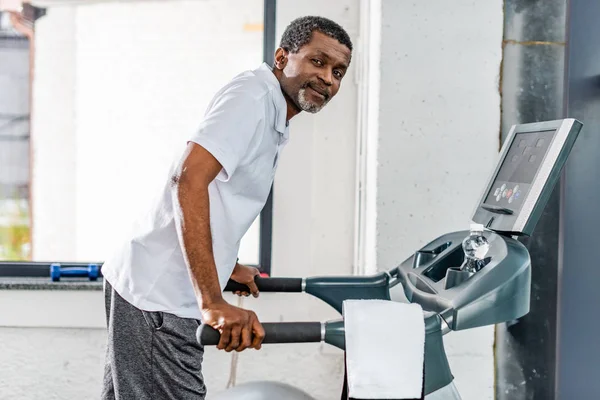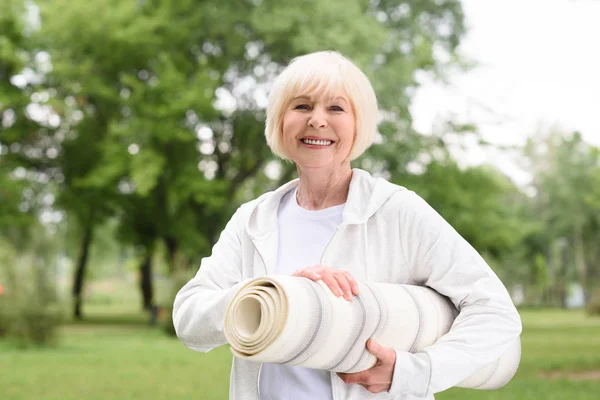
By age 75, most people’s health and independence take a steep dive-a plunge longevity experts term the “health cliff.” Stanford-trained physician Dr. Peter Attia says that without deliberate action, the last decade of life could experience a drop in physical and cognitive capacity of up to half of the peak. However, this need not be so.
In the last few years, research has unlocked powerful, practical ways to extend “healthspan”-the years lived free from debilitating age-related disease. These strategies go beyond just adding years to life they focus on making those years vibrant, mobile, and mentally sharp. From targeted exercise to deep social ties, the science is clear proactive habits in midlife and beyond can dramatically change the trajectory of aging.
Here are nine evidence-backed approaches, drawn from leading longevity research, that can help avoid the health cliff and keep later years strong, independent, and fulfilling.

1. Train Like an Athlete, Even in Your 70s
Dr. Attia recommends approaching fitness with the precision of professional athletes as older adults. In his interpretation, this involves a mix of steady “zone two” cardio, high-intensity “zone four” intervals, and strength training to maintain muscle mass. He does about 10 hours of exercise a week himself, with a focus on endurance and power.
Long-term studies, including the Copenhagen Male Study, have quantified that higher midlife cardiorespiratory fitness, as measured by VO₂ max, can add up to five years of life expectancy. Attia reinforces the tracking of VO₂ max, saying, “Your VO₂ max is more strongly correlated with your lifespan than any other metric I can measure.”

2. Keep VO₂ Max Front and Center
VO₂ max is the maximum amount of oxygen your body can utilize during severe exercise, and it’s a powerful predictor of life span. As sciences confirm, for every unit increase in VO₂ max, life is extended by more than a month. It outperforms traditional markers like cholesterol or blood pressure in forecasting survival.
Regular testing, either on a treadmill or a bike ergometer, or by wearables, shows the progress. Protecting cardiovascular disease and maintaining independence well into advanced age are possible with consistent training to maintain or even improve VO₂ max.

3. Build and Preserve Muscle Mass
After 50, the rate of muscle loss accelerates, increasing vulnerability to falls, fractures, and disability. Attia uses DEXA scans to monitor muscle mass, bone density, and body fat, all major predictors of life span.
Large cohort studies show that a high intake of animal protein foods, such as red meat, poultry, fish, and dairy products, in combination with physical activity enhances skeletal muscle mass, especially in women. Even when high activity levels cannot be achieved, consuming sufficient protein helps to prevent muscle loss, a key factor for being able to remain mobile and independent.

4. Double Your Protein Goals
Current dietary guidelines recommend 0.8 grams of protein per kilogram of body weight daily, but Attia recommends more than twice that much. For a person weighing 150 pounds, for example, that’s well over 100 grams per day.
The evidence from the Framingham Offspring Cohort suggests that diets high in protein, especially from animal sources, are associated with greater leg muscle mass and strength. Plant-based proteins may contribute to muscle strength indirectly, perhaps because of their alkaline properties or as indicators of better overall diet quality.

5. Screen Smart for Hidden Risks
Preventive screening can catch silent threats before irreversible damage sets in. Attia recommends periodic full-body MRI scans to detect cancers early, with caution against false positives.
Genetic testing of APOE variants can reveal increased risk for Alzheimer’s disease. Carrying one copy of APOE e4 doubles or triples the risk, while having two copies increases risk as high as 12-fold and decreases the age of onset by 5–10 years. Knowledge of such genetic predisposition enables the opportunity for an earlier beginning of lifestyle interventions and monitoring.

6. Safeguard Emotional Health Just Like Physical Fitness
Attia puts emotional well-being on par with exercise and nutrition. Strong relationships, he says, have a causal link to longer life. “I really think that there is also some causality that flows from the end of having great relationships to living a longer life,” he notes.
Research proves that social integration reduces inflammation, lowers hypertension risk, and even rivals physical activity in its impact on longevity. Brief daily interactions, from chatting with a neighbor to greeting a store clerk, can meaningfully boost connectedness and health.

7. Develop a Supportive Social Network
Studies across the life course demonstrate that greater social integration-marriage, frequent contact with friends and family, volunteering-is associated with better physiological functioning and lower disease risk. Among older adults, strong social connections can reduce the likelihood of hypertension by more than half. Already in use in the U.K., social prescribing links patients to community activities such as walking groups or art classes. These activities not only combat loneliness but also improve mobility and cognitive resilience.

8. Be Optimistic, Have A Purpose
Optimism isn’t just a mindset it’s a measurable health asset. Harvard research finds that optimists are more likely to reach age 85 in good health, with lower rates of chronic illness and cognitive decline. Purposeful living, be it through work, volunteering, or creative pursuits, confers resilience and inspires healthier behavior. Even slight shifts toward an optimistic orientation may encourage sustained effort in health-protective behavior.

9. Make Work and Daily Roles Health-Positive
Work influences health through income, social links, and meaningful participation. Supportive workplaces that offer flexible schedules and reasonable demands can reduce cardiovascular risk, especially in older employees. Policies that include paid family leave and guaranteed hours protect mental health, but even have the added benefit of slowing aging-related decline. Structured volunteer roles for retirees can similarly reinforce social connection and purpose.
It’s not just about staving off disease avoiding the health cliff at 75 is about keeping intact the capacity to live. The science couldn’t be clearer Targeted exercise, robust muscle mass, enough protein, proactive screening, emotional resilience, and deep social ties are matters of great import. The earlier in life one embeds these strategies, the potential to extend healthspan-ensuring that later years stay strong, connected, and rich with purpose-is within reach.


